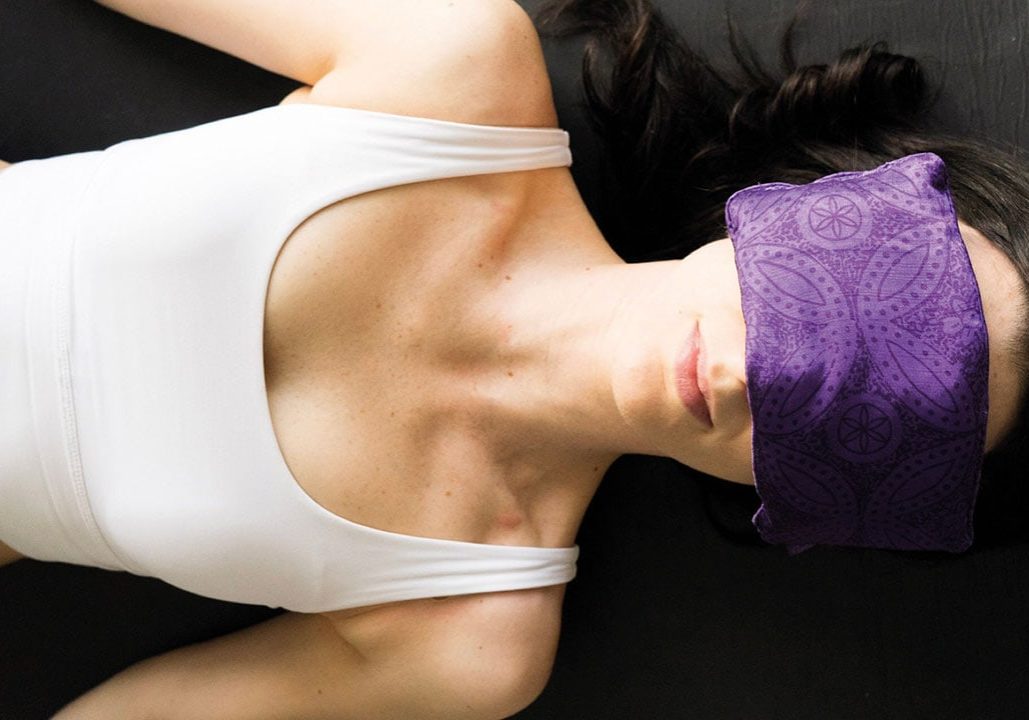
Yogic Sleep
Yoga nidra is a simple yet powerful practice that can transform your life. By Stephen Marks
Yoga nidra is best understood as a relaxation practice. It is often used at the end of yoga classes and is specifically sometimes referred to as sleep meditation, yogic sleep or half sleep. It is a form of guided meditation where the body and mind are invited to unwind by a process that in many ways mimics what happens when we start to fall asleep.
Yoga nidra gets a lot of attention because of its applications around sleep and insomnia.
While modern science may have a lot to offer in dealing with the symptoms of sleep disorders, yoga takes a more holistic view of health and healing. The idea is that by addressing some of the more underlying causes of poor sleep – such as stress, anxiety or depression – better sleep is achieved.
Certainly, it is the writer's experience as a teacher that those who try yoga nidra during the day/evening go on to enjoy a better night's sleep: the effect of this deep relaxation earlier on seems to help.
The scientific benefits of yoga nidra are in fact wider and there have been various medical studies conducted on this. Work conducted in 2002 showed increased dopamine levels during yoga nidra meditation. Research published in 2011 showed that women with menstrual irregularities who practiced yoga nidra regularly experienced less pain, anxiety and depression.
Returning to the relaxation benefits, yoga nidra works by shifting the brain from beta waves into alpha waves. While the beta state is high alert, alpha state is a better place for the nervous system to be, especially for those looking to sleep.
We know that the alpha state is conducive to mental resourcefulness, creativity, problem-solving, efficiency and, ultimately, relaxation. Experiments conducted in India in 2006 with over 40 students over 40 days (using EEG and other tests) demonstrated that yoga nidra increased the dominance of alpha waves and relaxation.
Perhaps the most famous teacher, trainer and practitioner of yoga nidra is Richard Miller with his iRest programme (irest.org). A 2011 study focused on the practice of iRest yoga nidra by combat veterans with post traumatic stress disorder (PTSD). The participants felt reduced rage, anxiety and emotional reactivity, while at the same time they had increased feelings of relaxation, peace and greater focus. As Miller commented: "They felt more comfortable with situations they couldn't control, and as a result, they felt more control over their lives."
On a more practical level, the US military use the techniques of yoga nidra to help soldiers fall asleep. Detailed in the book 'Relax and Win: Championship Performances' the techniques use a body scan for initial relaxation, breathing exercises and visualisation – all key components of yoga nidra. The technique is said to work for 96% of people after six weeks of practice.
Some companies are even seeing the benefits of incorporating yoga nidra classes into the working day, with employers reporting better productivity, focus and emotional balance with regular 'sleep' classes. Hotels are also turning to yoga nidra to improve guest experience and help promote sleep.
Yoga nidra is an incredibly simple, yet powerful tool. Maybe it's time you tried it too.
Stephen Marks is a yoga, meditation and yoga nidra teacher (stephenmarksyoga.com)


